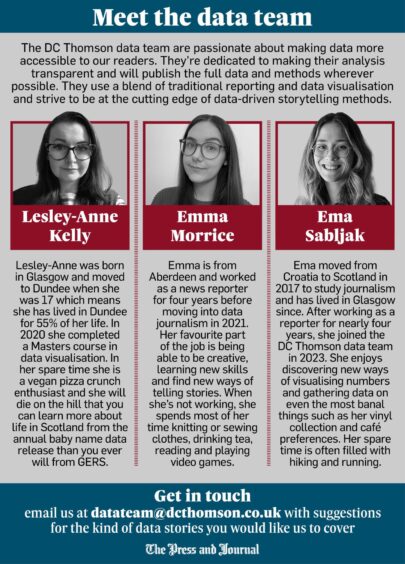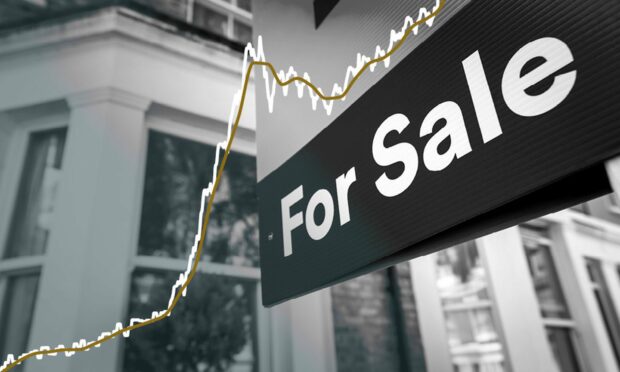Are you looking to buy a home in the north or north-east of Scotland?
House hunting can be daunting, and the price of a property can differ depending on the area you’re looking at.
We’ve looked at the average prices of properties in Aberdeen, Aberdeenshire, Moray, the Highlands, Orkney, Shetland and the Western Isles.
So whether you’re looking to move areas, upsize, or get a foot onto the property ladder, we’ve put together a series of charts to help make the decision easier.
Our interactive charts will be updated regularly when new data becomes available.
What are the average house prices in the north and north-east?
Keeping on top of house prices can be difficult, as prices are so variable.
Across Scotland, the average price of a property has mostly been rising over the past decade.
To keep up to date with the housing market, and to what extent different regions experience or avoid a crash, our tracker breaks down the latest data by local authority area.
Our charts use data from the UK House Price Index, which uses sales data from across the UK, including the Registers of Scotland. This is the government body responsible for keeping registers of land and property transactions and ownership.
Our chart below shows the average house prices for Aberdeen, Aberdeenshire, Moray, the Highlands, Orkney, Shetland and the Western Isles since January 2015.
While most council areas in the north and north-east follow the same upward trend as Scotland in general, house prices in Aberdeen show a different picture.
Where other areas are rising, prices in Aberdeen have been falling. This may be linked to the oil downturn in the city.
Getting on the property ladder
Buying your first home is an exciting step, but it can also be overwhelming.
So how much can you expect to spend on your first property?
Prices vary between council areas, with most local authorities seeing the average price for a first home rise over the past 10 years.
Aberdeen however continues to be an outlier, with prices falling over the past decade.
Our chart below shows the average prices first time buyers have paid for their new homes.
Got that perfect Scottish house in mind? Our just for fun chart below shows how many average bottles of Irn Bru you’d have to forgo to be able to afford a 10% deposit, based on your area.
The kind of numbers involved in house buying can hard to visualise. Our aim with this chart is to help our readers contextualise the data.
Our analysis is based on the average house price in each area, a 10% deposit and a 500ml bottle of Scotland’s national drink costing £1.40.
How many homes are being sold?
House prices across the north and north-east have changed a lot over the last 10 years. Prices also vary significantly based on the type of property you’re looking for.
Data from the UK House Price Index shows a breakdown of house prices by Scottish local authority and by property type.
So if you’re looking for a specific type of home, you’ll be able to see how much on average they cost in each area.
Prices are trending upwards across the board as people in Scotland struggle to get on the housing ladder and also move up the housing ladder.
Data from the House Price Index also provides sales volumes- the number of homes that were sold each month.
The below chart shows the number of properties which were purchased in each month since January 2015.
It is broken down by existing properties and new build homes.
The DC Thomson data team aim to make data more accessible to our communities. If you have any feedback or suggestions of future projects you can get in touch with us at datateam@dctmedia.co.uk

Conversation